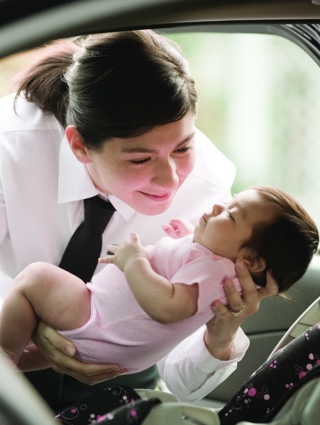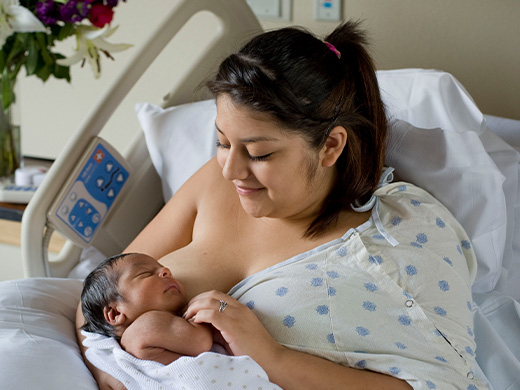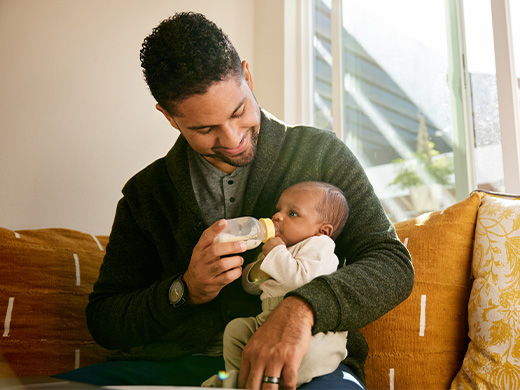Tell everyone who watches your baby that:
- If you are using a slow-flow bottle, it should take at least 15 minutes to feed your baby. Ask caregivers to hold baby on their laps in a sitting-up (not laying back) position so that your baby can control the flow of the milk from the bottle.
- Breastfed babies usually eat more often throughout the day and night. Your baby will probably eat every 2 to 3 hours.
- It's important to use the milk with the oldest date first. Make sure to write the date on the bottle.
- You will want to breastfeed your baby very soon after you pick him up, so baby shouldn't be fed right before you arrive. Ask caregivers to comfort him in ways besides feeding if your baby seems hungry close to the pickup time.




